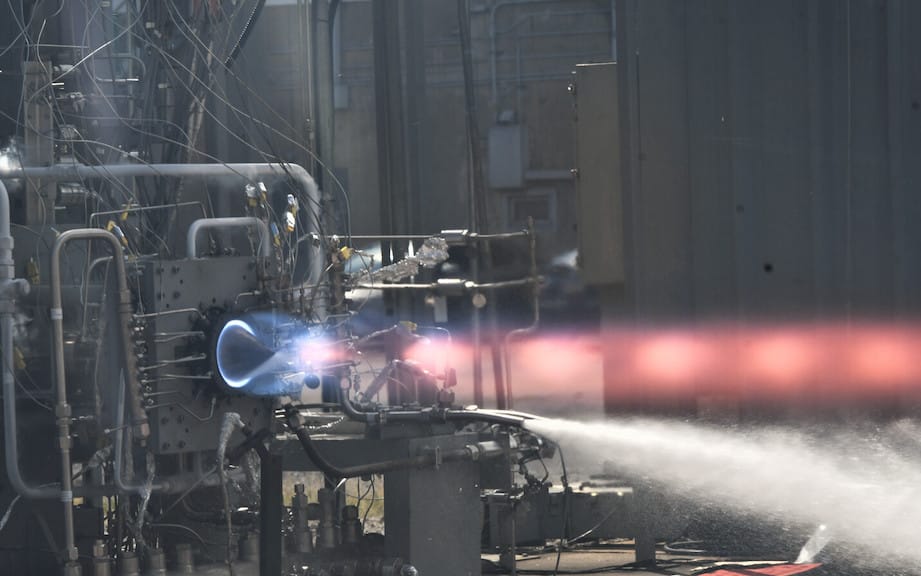According to NASA’s current solar system expansion timeline, the Artemis 3 mission will bring humans back to the moon’s surface sometime around 2025, with Mars exploration in the late 2030s to early 2040s. However, to explore other worlds, a more advanced engine is required. Now, a cutting-edge engine could help NASA explore the solar system more economically by reducing the amount of propellant used on long-distance flights.
In an update, NASA officials reported that they have completed testing of the “rotating detonation rocket engine,” which generates thrust using fuel-saving supersonic combustion. The engine uses a form of pressure gain combustion, where one or more detonations continuously travel around an annular channel.
While those experiments were in their infancy, agency representatives have speculated that improved versions of the technology could be used in robotic probes or crewed lander missions to the moon or Mars.
Advocates of exploration argue that in order to increase humanity’s footprint on Mars and beyond, a radical rethinking of long-distance travel in terms of both fuel and time is necessary.
Current propulsion technology makes the trip to the Red Planet a six-to-nine-month endeavor. NASA’s goal is to make the journey faster and safer for the astronauts, so they’ve prioritized finding ways to reduce the time they have to spend in transit. The agency is also collaborating with the Defense Advanced Research Projects Agency (DARPA) on the development of nuclear thermal propulsion as a potential mega-fast option, with the aim of demonstrating such a system in space by 2027.
One day, the agency may also include the rotating detonation rocket engine in its arsenal of exploration equipment. Recent testing conducted at NASA’s Marshall Space Flight Center in Alabama included firing the engine more than 12 times on a stand for nearly 10 minutes in total.
The primary test goal of the RDRE was met when it was shown that its hardware, constructed using 3D printing, could function for extended periods of time despite being subjected to the extremely high temperatures and pressures produced by detonations. At full power, the RDRE was able to generate over 4,000 pounds of thrust for almost a minute while maintaining a chamber pressure of 622 pounds per square inch, the highest pressure rating ever recorded for this design.
The RDRE combines the NASA-developed copper-alloy ‘GRCop-42′ with the powder bed fusion additive manufacturing process, enabling the engine to operate under extreme conditions for longer periods of time without overheating.
During the test, additional milestones including the successful execution of deep throttle and internal ignition were also achieved. This successful demonstration brings the technology closer to being used with future flight vehicles, enabling NASA and commercial space to move more payload and mass to deep space destinations, an essential component to making space exploration more sustainable. Due to NASA’s recent success with the RDRE, NASA engineers are developing a fully reusable RDRE of the 10,000-pound class to identify performance advantages over conventional liquid rocket engines.










